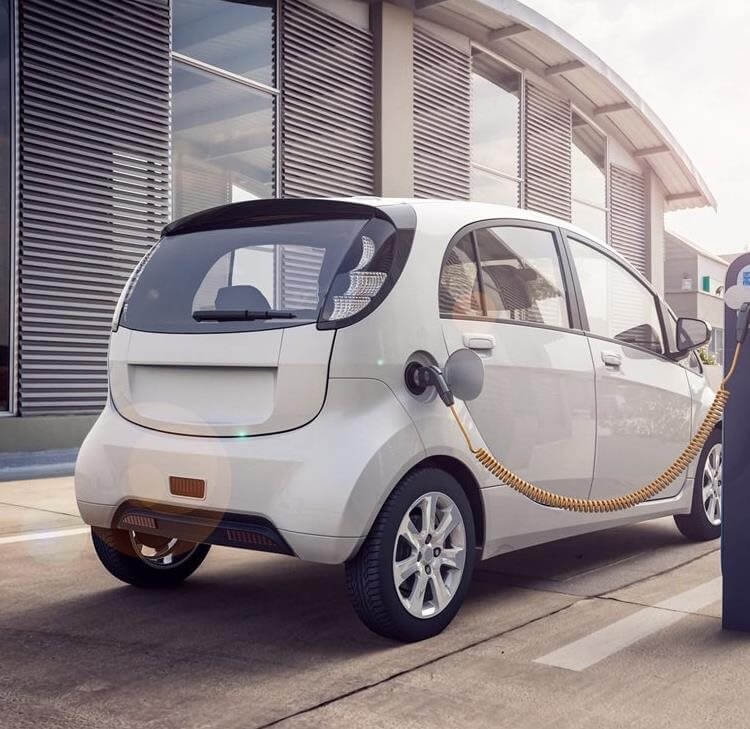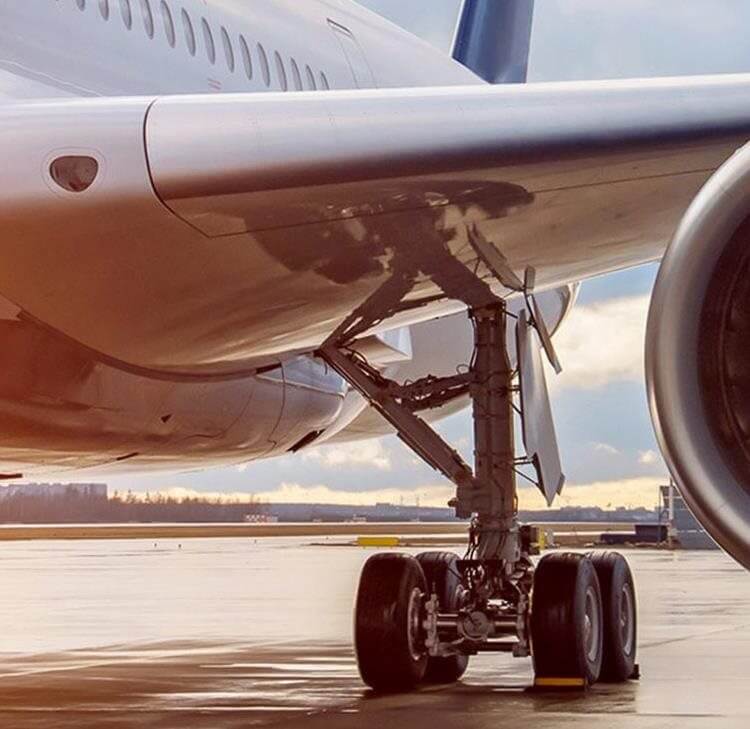Automated Vehicles - the next junction in the legal landscape
As a developing area, key stakeholders in this space such as insurers, and technology and software developers looking to become ASDEs or NUIC operators, should keep a keen eye on whether the Government proceeds with introducing new legislation in line with the report’s recommendations.
In their latest joint report published on 26 January 2022, the Law Commissions recommended a new Automated Vehicles Act to provide a legal framework for automated vehicles. The report calls for a clear distinction between “driver assistance features”, the use of which do not obviate an ordinary human driver’s legal responsibility, and “self-driving features”, to which a new system of legal accountability would apply. An authorisation scheme would decide as a matter of law whether a particular feature is self-driving or not.
Where self-driving features are concerned, the report anticipates three new legal actors: (i) “users-in-charge”; (ii) “no user-in-charge” (NUIC) operators; and (iii) Authorised Self-Driving Entities (ASDE).
When a self-driving feature is engaged and the vehicle is driving itself, drivers would become “users-in-charge” and would not be liable for a range of existing driving offences, including speeding. When a self-driving feature is engaged, the responsibilities of users-in-charge would be limited to tasks such as insuring the vehicle.
Some automated driving system (ADS) features would be authorised for use without a user-in-charge, in which case vehicle occupants would simply be passengers. Producers of such features must be licensed NUIC operators, and they would be responsible for them, and must ensure oversight of the vehicle, including responding to alerts where problems are encountered.
Under the new regime, automated vehicles would be backed by an ADSE, the vehicle manufacturer and/or software developer that originally put the automated vehicle forward for authorisation. It is envisaged that ASDEs could also be NUIC operators as well. In the event an ADS feature caused a vehicle to drive in a way which would otherwise have been criminal, the ASDE would liaise with the in-use regulator, and such issues would be dealt with as a regulatory matter, with potential sanctions and fines for vehicle manufacturers and/or software developers.
The legal issues faced by these new actors abound. NUIC operators and ASDEs would likely need to record, store, protect, retain, and allow access to vehicle-generated data in full compliance with data privacy regimes. The oversight requirements on NUIC operators raise concerns of network and cyber security, and hacking, which operators would need to consider and take measures to prevent. As safety is a priority, the report recommends specific criminal offences for non-disclosure and misrepresentations by ASDEs and NUIC operators, as well as liability for the companies and senior managers for dishonesty. The report proposes that injuries or damage arising out of the use of ADS features be compensated by insurers in accordance with the Automated and Electric Vehicles Act 2018, i.e. through the insurance that automated vehicles must carry. Vehicle producers could then face secondary claims under product liability law from insurers who have had to pay out to injured parties.
As a developing area, key stakeholders in this space such as insurers, and technology and software developers looking to become ASDEs or NUIC operators, should keep a keen eye on whether the Government proceeds with introducing new legislation in line with the report’s recommendations.










![Contractual liability for all inclusive treatment: Bartolomucci v Circle Health Group Limited [2025]](/getattachment/95f9533b-f99c-4fcc-b8d5-3f93904b8242/shutterstock_1265400856.jpg?variant=HeroImageTabletVariantDefinition)






























